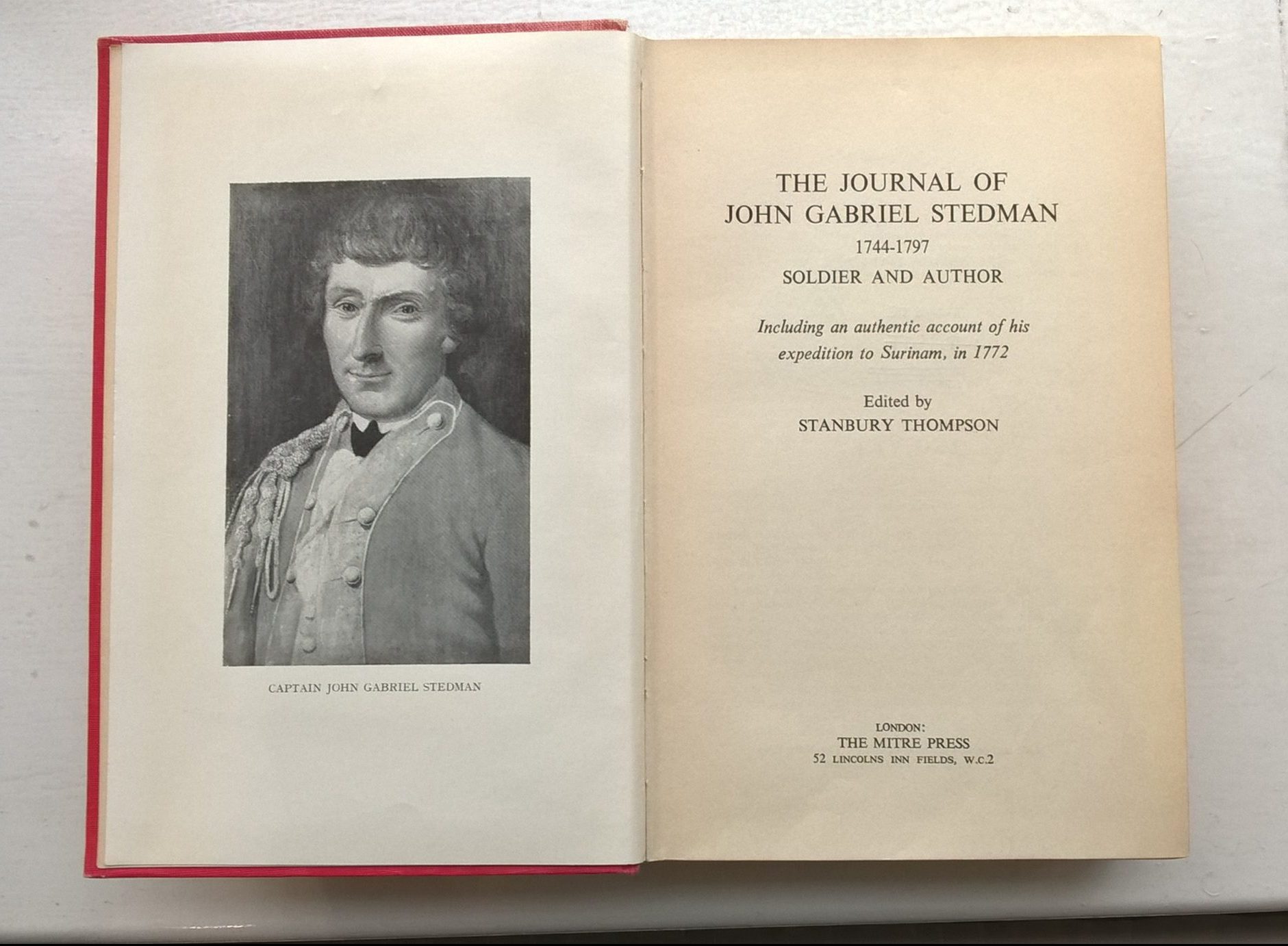Community Heritage Coordinator Lizzie writes about the Tiverton team’s early research discoveries.
Research in Tiverton has been underway for quite a while and our group of volunteers have been busy exploring a range of different stories. Most early research projects have taken us back in to the 18th century.
One of our more intriguing is the life of Johnny Stedman, being researched by volunteer Tara. Johnny was a young man of mixed race who found himself in 18th century Tiverton with a father he barely knew and a brand new family. To understand Johnny’s experiences we’ve had to start with his father’s story.
Johnny’s father, John Gabriel Stedman, retired to Tiverton after a life of international travel in the army. John Gabriel Stedman might not have been particularly important but he was a great diarist – and this includes paintings of his experiences in the Dutch army whilst stationed in Surinam. We know that John Gabriel Stedman wasn’t particularly opposed to the slave trade (for him it was so normal he simply couldn’t imagine how society could function without it), but he did document the conditions of slaves in Surinam. He also married a slave, and evidence suggests that he had probably fallen in love with her. I imagine you can see where this is going…
Our Johnny was born to his mother in Surinam, and stayed with her until her death. It seems that she didn’t want to come to England with her husband, John Gabriel Stedman, and she kept her child until she could no longer look after him. After his mother’s death, Johnny then ended up in Tiverton with a father and a new stepmother.
Johnny’s story is an intriguing tale – but one that has frustrated as well as interested us. Most of what we know of Johnny has come from his father’s diaries. This is true of information about his two wives and other children too. Throughout the project we’ve wanted to try and find the voices of our subjects – but on many occasions, as this story has shown us, this is very difficult. For history has been written by those who had the time, the confidence and the ability to write it down.
This is why the next part of the project is so important to us. In the New Year we’ll be carrying on with all our archival research, but we’ll also be starting to talk to people: Tiverton residents who might not have thought of recording their own histories. I like to imagine that in 200 years time, there will be researchers trying to find out about diversity in Devon, and that hopefully, this time round, they’ll be able to listen to the voices of people they’re interested in, rather than finding out about them through others!
There is so much more to this story. For those who are interested, you’ll be able to find out more when research is complete, or come to see our exhibition at Tiverton Museum next year. Watch this space!

